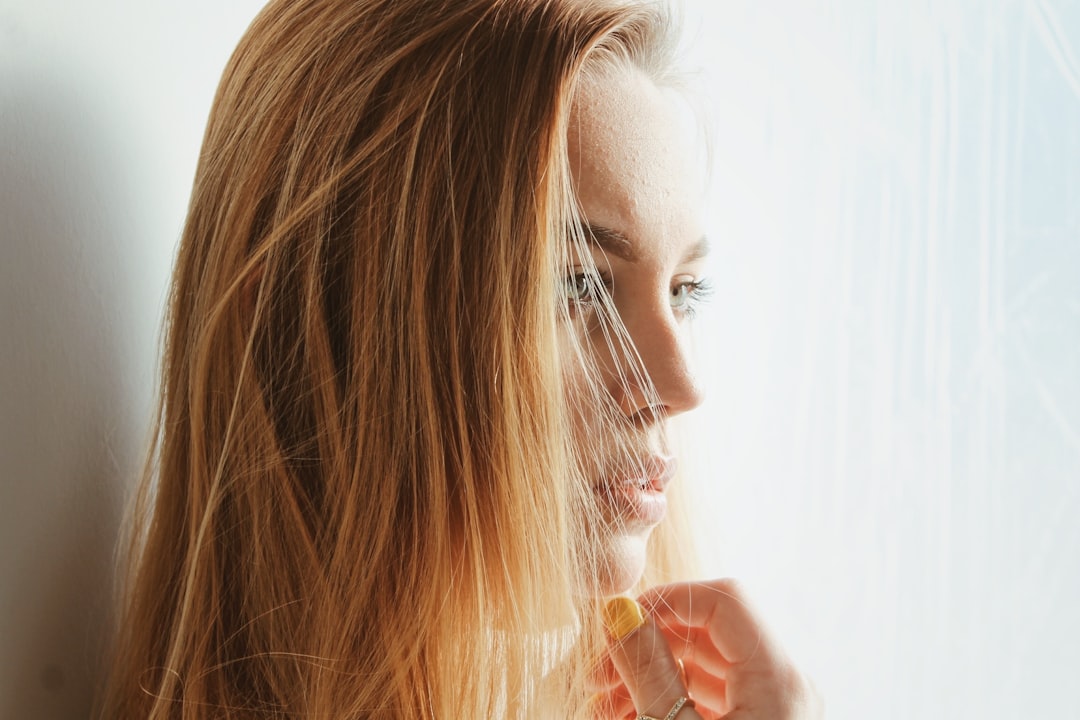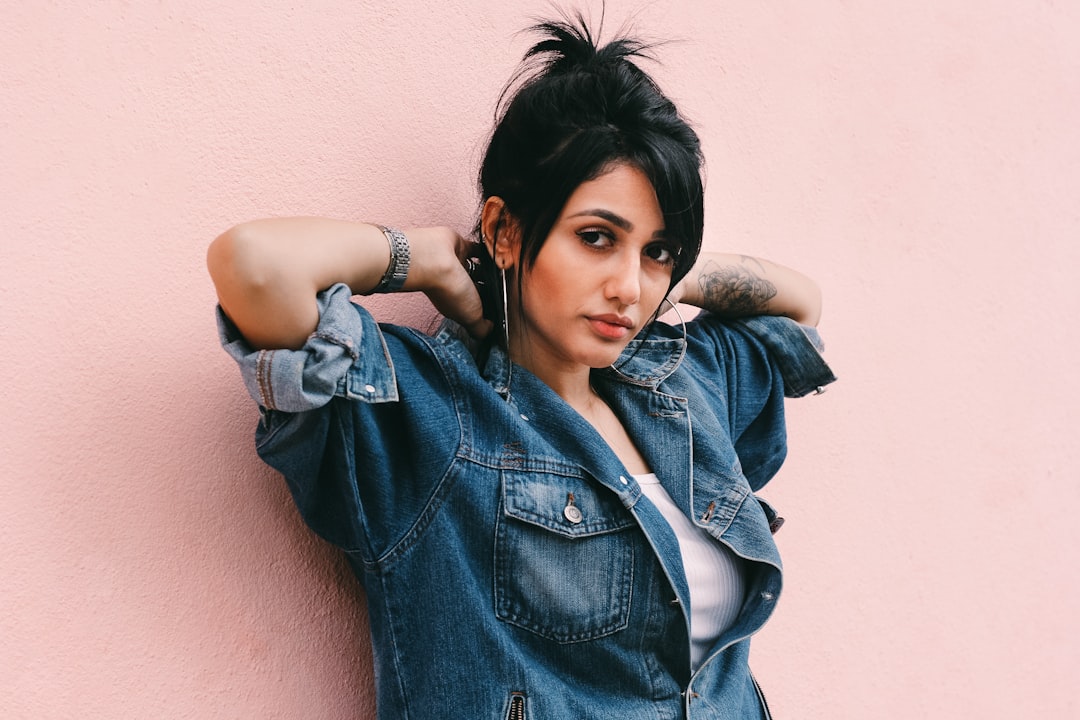What do you think of when you see a model’s photo? The photographer’s skill, the lighting, the set design, and the model’s outfit are just a few things that come to mind. When I am asked to shoot for a fashion magazine, I find myself thinking about those aspects, but I also think about how my images can speak about my client’s personality, her story and what she stands for.
I would suggest that you should consider each image that you take as an opportunity to express who your client is. Do this by bringing the client’s personality, story and message to life through your photographs.
Tips to Photographing a Model
A photograph is a precious gift. You need to capture the moment and make sure you get the right angle to capture that special expression. Photographing models is no easy task, especially if you’re just starting out.
Ask for her permission
Ask the model for permission and explain you want to capture something meaningful. Ask for feedback, for example, how you could improve your photography skills, or what she thinks about the pose you want to shoot. Try to strike a balance between natural and posed images, and if you’re shooting outdoors, it helps to have some light.
Your camera
You can try using a range of different cameras and lenses, including a 35mm or a 50mm focal length, a wide-angle lens or telephoto lens. If you don’t have one, borrow one from a friend or the library. A camera is your best friend; if you’re not happy with the results, try again.
If your subject isn’t comfortable with posing, make them feel more at ease by having a chat beforehand. Ask if they mind being photographed and then choose a few different poses. Some people will like to be seen close up, whereas others will prefer a wider shot.
Ask questions.
During the session, ask questions and pay attention to your subject. You can ask her questions about herself, her career, and her hobbies. In order to create a good picture, it is essential that your model is relaxed and comfortable in front of the camera. Try to understand what she feels and what she wants. Pay attention to her posture and gestures, which will affect the composition of the image.
In the studio, you will need to ask your subject about her mood and her wardrobe. If you want to add a special effect to the image, such as a blurred background or distorted reflections, it’s best to ask before the session.
Think about your settings.
Before the session, select the type of lighting that will enhance your client’s look and that will suit the set. Lighting is the most important factor in portrait photography. You need to think about the position of the model, the background, and the location.
Do you want to make use of flash or not? If so, is it best to use a softbox or a reflector? If you have to set up a flash, you can use a diffuser and make the light softer by using a diffusion panel. If your subject is young, try to find a balance between the background and the lighting to avoid harsh shadows.
It’s also a good idea to prepare a portfolio of your previous work to help you decide on the best way to capture your subject. This can be done either through printed copies of your images or by looking on your camera’s LCD screen.
Be creative.
A great portrait does not have to be posed and rigid. Use interesting compositions and experiment with different angles and positions. By changing your settings, you can create a variety of images that will show your model in different moods and emotions. If your client likes to wear black and white clothing, a monochrome look will be more suitable. In this case, you could take advantage of the contrast between the black and the white to make your image stand out.
Use props.
Props, such as hats, scarves, jewelry, belts and shoes, will help to make your image more interesting. You might want to ask your client if they would like to take off any of these items. In order to make the most of your props, take them into consideration when composing your shot. For instance, if your subject is wearing a hat, the light will naturally hit the top of the hat and your model will appear higher in the frame.
Try new things.
Try taking portraits outdoors. If your model doesn’t mind, you can take your session to a local park. There is no need to make your subject sit for hours on end, so try to relax. Try to capture her expression and personality while she is enjoying herself. You can always use a tripod or a remote shutter release to freeze your subject.
If you want to shoot a portrait of your subject against a dark background, use a long exposure. This will allow you to make your model’s face and body stand out. The camera will pick up the light that is reflected by your subject’s skin.
When you are making a close-up portrait, try to make your subject as small as possible in the frame. It’s also a good idea to include some detail in the background. This will help to break the image and make the subject look even smaller.
You can even make your portrait black and white. If your model doesn’t mind, you can use a white background and turn the colors into greys. This technique will make the image more intimate and will emphasize your subject’s facial features.
If you are taking a portrait of a child, you can help them relax by having them play a game. They will enjoy themselves and will not be intimidated by the camera.
Do keep your distance.
A good portrait doesn’t have to be too close. Take your shots from a distance, not too close. Don’t get so close that you can’t see your subject’s expressions. If you can’t see the details of your subject’s face, it will be hard to capture them in a good image.
If you are shooting indoors, you might want to change the direction of the lighting. If you don’t want to overpower your subject’s face with too much light, you could have your subject’s face be in the shadow. A natural light portrait will often be the result of a good balance between the background and the light.
Have fun and enjoy your experience.
Take some time to look through your photographs and think about what you have achieved. Be honest and don’t forget to thank the model for taking part. And above all, have fun.



